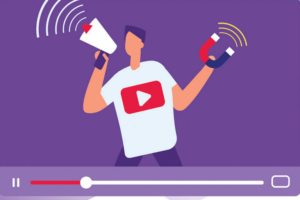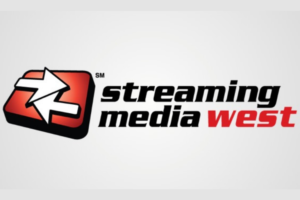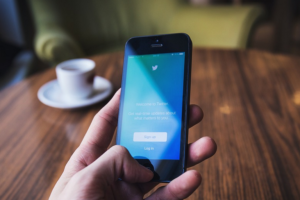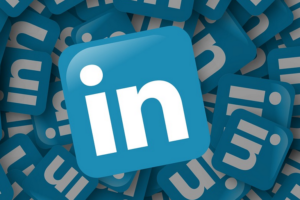Entertainment has constantly evolved throughout history and live streaming is contributing to that current evolution. Live streaming is a recent development that is consistent with today’s emphasis on the experience economy as it creates and offers realtime, collaborative participatory broadcasting.
Live streaming is changing the way we interact with brands, attend events, and market. Live streaming is creating new opportunities for artists, content owners, brands and publishers. Here are a few ways that that live streaming is changing the way we consume media:
We Don’t Get FOMO if We Can’t Make the Show
FOMO, or the fear of missing out, presents an opportunity that brands can capitalize on and connect with viewers in the age of social media. Millennials see clips and photos of concerts and events that their friends are attending on Snapchat, Instagram, Facebook,Twitter etc. With live streaming, viewers can tune in and experience an event in real time intertwined social media features that include chat, commenting, posting and sharing. No, this phenomenon will not reduce the amount of ticket sales, and in fact creates increased ticket demand for subsequent events, performances and tour dates. It is also opening an entirely new avenue that marketers can maximize.
FOMO is something that marketers and advertisers take into consideration when planning marketing campaigns. For example 1 in 5 millennials attends at least 1 music festival in the US annually and travels on average 903 miles to attend. Live streaming isn’t eliminating this feeling of FOMO, but it is moreover changing how we interact with media and is a strong antidote.
A New Way to Consume Advertisements
Brand spending on live music has seen explosive growth and is now estimated to be a $1.54B business that has seen steady growth over the past several years. Millennials have prioritized shared experiences over buying material possessions to fuel the brand investment in live music.
Brands typically are paying for exposure to the in-venue attendees and eyeballs. Live streaming allows the brands to amplify the experience and connect with a much larger audience who is deeply engaged and watching for extended amounts of time.
63% of millennials watch live video and 42% create live video. Live streaming as an amplification strategy for brands yields incredible reach and engagement.
Events Will be Live Streamed that We didn’t Even Know We Wanted to Watch
Samsung is live streaming a star and influencer studded block party outside the Samsung 837 experience store in New York and Logic’s performance was live streamed on Samsung’s Facebook page and across YouTube. This experience was available worldwide and powered by Bulldog DM. Events and experiences like Samsung After Unpacked now have a chance of being broadcast on a larger level. Smaller festivals will be viewed and get the chance for more publicity and exposure. Live streaming even has the potential to increase tourism as viewers discover new destinations, locations, clubs, festivals and entertainment districts.
We can now tune into events geographically near or far from the comfort of our homes and from any connected device. Today’s consumer wants a real time collaborative and participatory experience that is only available via live streaming.
Ultimately, live streaming is poised for massive growth as more connected devices enter the market and more platforms like Facebook, Twitter, YouTube, and Twitch prioritize and offer live video.







